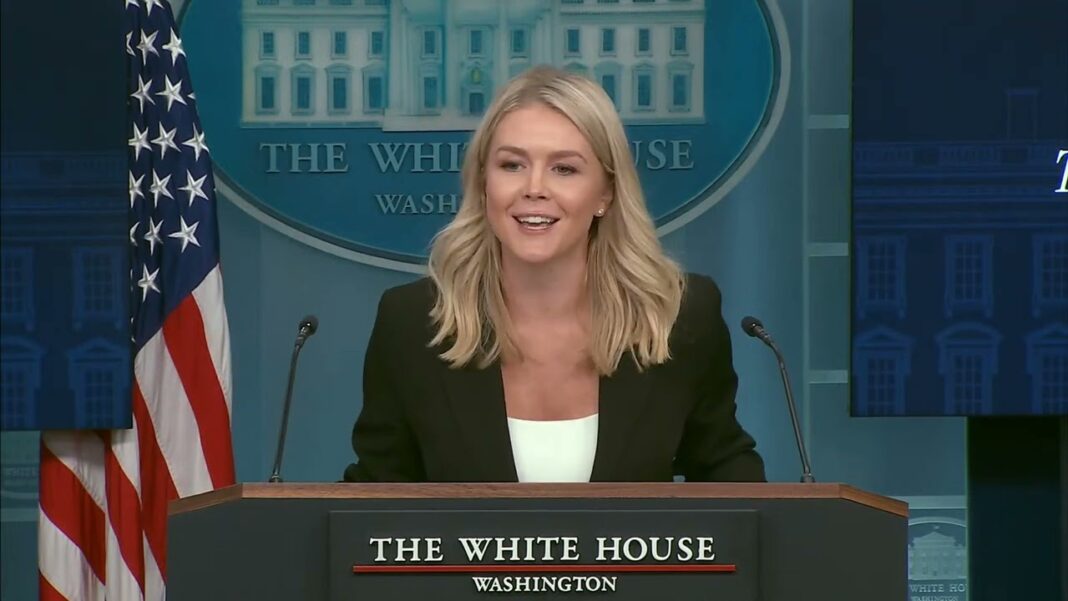Retailers compete for consumer dollars with extended sales, deep discounts, and AI-powered shopping tools during the key summer event.
Online spending in the United States is expected to surge by $23.8 billion during Amazon’s expanded Prime Day event from July 8 to July 11.
On July 7, Adobe Analytics published a report forecasting that overall online sales will increase by 28.4 percent from 2024. The sales volume will be equivalent to “two Black Fridays,” the report said.
The 2025 iteration of the annual sales event will take place over four days. That’s twice as long as the 2024 version, which generated an estimated $14.2 billion in sales, according to the Adobe Analytics report.
Adobe’s analysis, based on more than 1 trillion visits to U.S. retail websites, shows that 52.5 percent of purchases during Prime Day are expected to be made on mobile devices.
Shoppers are increasingly using generative AI tools, such as Amazon’s chatbot Rufus, to find deals and product information. Adobe forecasts a 3,200 percent surge in artificial intelligence-driven shopping traffic during the event compared to previous periods.
In a previous interview with CNBC, Amazon CEO Andy Jassy expressed optimism that the extended sale period would appeal to consumers amid economic uncertainty.
“I think people are going to be pretty excited, especially at this time, where people are still a little worried about what’s going to happen with trade and continuing to have lower prices,” Jassy told CNBC on June 30.
Apparel is expected to see the deepest discounts, with average price cuts of around 24 percent, followed by electronics at 22 percent, televisions at 17 percent, and appliances at 16 percent. Buy Now Pay Later options are also on the rise. These purchases are expected to account for 8 percent of online sales during the event, according to Adobe Analytics.
Amazon is focusing on back-to-school promotions aimed at parents and young adults heading to college, according to a company statement. The back-to-school season at the end of the summer typically marks the beginning of the busiest time of the year for retailers.







